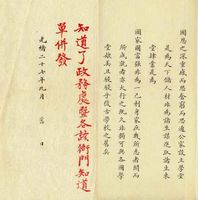Introduction to Shandong University
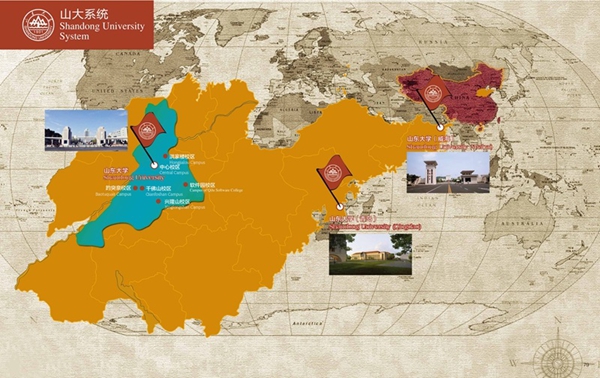
Shandong University, under the direct jurisdiction of the Ministry of Education, is a key comprehensive university with a long history, a variety of disciplines, strong academic strength, and distinctive characteristics, which has great influence both at home and abroad. In 2017, SDU was chosen as one of the 36 Class A universities on the list of Double First Class University Plan released by the central government of China.
|
| In 1901, the Imperial Governor of Shandong, Yuan Shikai, submitted the "The Existing Constitution of Tentative Establishment of a College in Shandong" for Emperor Guangxu's royal approval. |
 |
| Graduation diploma of Shandong Advanced College (1905) |
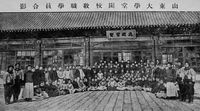 |
| The group photo of the staff and students on the inauguration of Shandong Imperial College |
Shandong University is one of the initiative universities of modern Chinese higher education. Its medical school, established in 1864, signified the beginning of modern Chinese higher education. Its main body, Shandong Imperial College (Shandong Da Xue Tang) established in 1901, was the second national university in China, only after the Imperial University of Peking. Moreover, it was the first university to be established and run in accordance with a chartered constitution.
Since its birth, Shandong University has gone through several stages of significant growth and change: starting as the Shandong Imperial College, it was then reborn as the National Qingdao University, the National Shandong University, Shandong University, and the Shandong University in its present form, which is the result of the merger of Shandong University, Shandong Medical University and Shandong Industrial University. For more than 100 years, Shandong University has been following the mission of “Nurture talent for the world, and seek prosperity for the nation” and the motto of "Noble in spirit, endless in knowledge." For this aim, it has cultivated over 600,000 talented young people of various specialties, and has been making significant contributions for the country and the regional economic and social development.
Shandong University has been developing by leaps and bounds in recent years, and each of its undertakings has reached unprecedented levels. The educational quality and competitiveness of the university have been remarkably improved.
At present, 18 disciplines have reached the top 1% of ESI in terms of academic influence and contribution ability, and we have signed collaboration agreements with nearly 200 universities in more than 30 countries and regions.
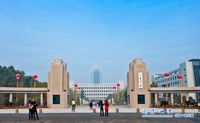 |
| Central Campus |
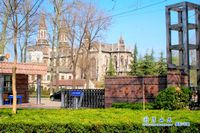 |
| Hongjialou Campus |
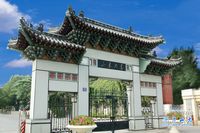 |
| Baotuquan Campus |
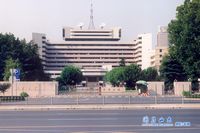 |
| Qianfoshan Campus |
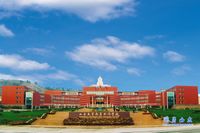 |
| Campus of Software Park |
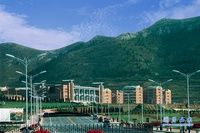 |
| Xinglongshan Campus |
 |
| Qingdao Campus |
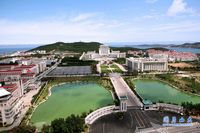 |
| Weihai Campus |
Shandong University comprises 8 campuses (Jinan Central Campus, Hongjialou Campus, Baotuquan Campus, Qianfoshan Campus, Software Park Campus, Xinglongshan Campus, Qingdao Campus and Weihai Campus) in three different cities (Jinan, Qingdao and Weihai), covering an area of over 533 hectares (including 200 hectares of the Qingdao campus).
The university currently has 4 affiliated hospitals, 15 non-subordinate affiliated hospitals. Its full-time student population totals up to 70,000, of which 42,268 are full-time undergraduates, 26,818 are postgraduates and 1,560 are international students. It also has an excellent faculty team of 1,246 professors, including 897 doctoral supervisors.
And now there are 19 academicians of the Chinese Academy of Sciences or the Academy of Engineering(double-hired academicians included), 40 Chair Professors of Cheung Kong Scholars Programme, 5 winners of the Youth Project, 53 winners of the "National Outstanding Youth Foundation” award,and 29 winners of the “Outstanding Youth Science Foundation” award.The university boasts 12 state scientific research platforms, four key social science research bases approved by the Ministry of Education, and a large number of provincial key laboratories and provincial engineering technology research centers.
Shandong University is a comprehensive university in China with full-fledged academic disciplines. There are at present 12 general disciplines for undergraduates and postgraduates, namely philosophy, economics, law, education, literature, history, science, engineering, agriculture, medicine, management, and fine arts. There are 44 first-level doctoral programs, 51 first-level master degree programs, 93 programs for undergraduates and 42 post-doctoral research programs, forming a complete system for cultivation of talent. 18 disciplines are ranked in the top 1% of ESI Global Ranking in terms of academic influence and contribution capacity. Moreover, inter-school partnership has been forged with more than 200 schools in over 30 countries and regions.
The growth of the university over the years has seen SDU rise to the forefront of many fields in China. In the 1930s and 1950s, when Shandong University was located in Qingdao, it was the home to many nationally famous scholars who paved the way for great success especially in the fields of literature and history. Up to this day, Shandong University is well-known for its strong liberal arts programs, and published the highly reputable academic journal Literature, History & Philosophy. These two periods also laid a good foundation for the university in natural sciences, enabling it to find itself among the noted institutions in China. In August 2015, SDU successfully held the 22nd International Congress of Historical Sciences, reputed as the "Olympics of Historiography". This is the first time that the Congress was introduced to Asian, African and Latin American countries since its establishment. Another record high was also made in terms of its numbers of participating registered countries, historians from developing countries and young scholars.Since the merger at the end of the last century, the university’s newly-developed disciplines of financial mathematics, crystal materials, condensed matter physics, colloid and surface chemistry, micro-biology, machinery, material science, cardiovascular functional recovery, new drug manufacturing, and classical Chinese philosophy have all risen to the first-class level within the country, and some are even known abroad.
Shandong University has already set a grand educational objective: initially becoming a world-class university with Chinese characteristics by its 120th anniversary, and all institutions are standing at a new historic starting point. Facing the unprecedented opportunity, all faculty members, students and medical staff, racing against time in a pioneering and enterprising manner, will focus on the fundamental task of moral education by advancing its comprehensive reform and improving the modern university system. With an already strong academic foundation and even more untapped potential, we are sure to achieve the goal of becoming one of the world’s highest ranking universities.
